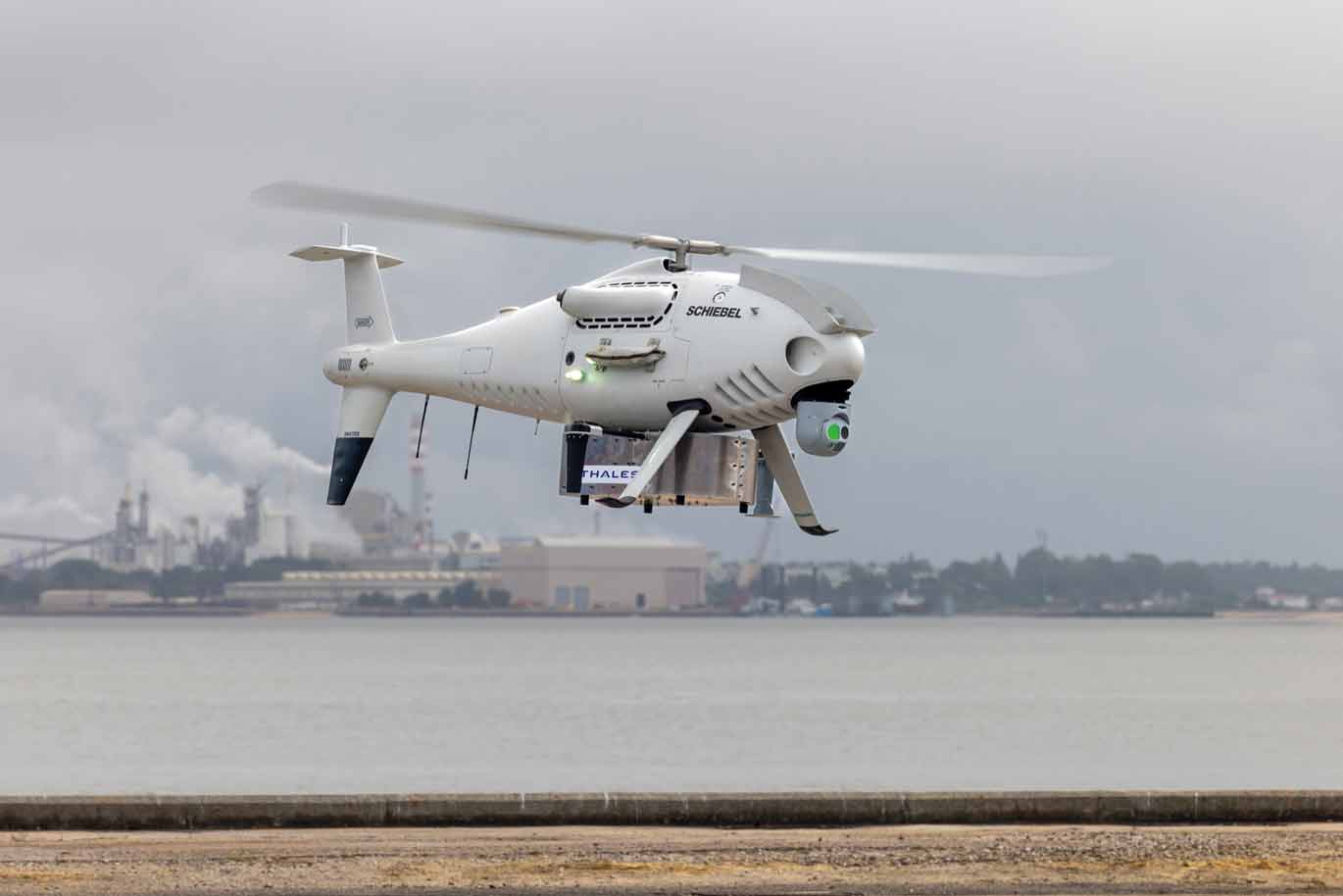The next generation of anti-submarine warfare
Has anti-submarine warfare and unmanned systems finally come of age?
Anita Hawser
20 October 2022

It’s been a long time in the making, but this week has seen a number of major developments regarding the use of unmanned platforms in Anti-Submarine Warfare (ASW).
At Euronaval in Paris this week, UMS Skeldar announced that it and Ultra Maritime are exploring the development of an ASW sonobuoy dispensing capability, based on the SKELDAR V-200 Uncrewed Aircraft System (UAS), for the Canadian Armed Forces (CAF).
Also, on display at the show in Paris, was Airbus’ VSR 700 Naval Tactical VUAS, which was selected by the French Navy for its SDAM program in collaboration with Naval Group.
The VSR 700 is designed to perform multiple missions, including maritime security, search and rescue, economic zone protection and ASW involving up to eight A-size buoys and data relay in support of ASW helicopters.
Schiebel, makers of the Camcopter S-100 rotary wing UAS used by the Australian and French navies, also announced this week that it is developing an ASW capability, which it recently tested for the first time during NATO’s unmanned maritime exercise Dynamic Messenger 2022 in Portugal in September.
Platforms like the S-100 have traditionally focused on being navies’ eyes in the sky delivering ISR capabilities, but Schiebel says the NATO demonstration entailed the surveillance and protection of approaches to a strategic port.
The exercise saw the Camcopter S-100 fitted with a Wescam MX-8 EO/IR sensor in the nose and a Thales BlueScan data relay sensor, to monitor the transmission of data from the sonobuoys, which was relayed to an on-shore command cell, thereby permitting the detection and classification of potential enemy submarines.
The advantage of using unmanned platforms is their longer endurance compared to manned systems, and keeping personnel out of harm's way. But the use of unmanned systems for ASW has progressed at a much slower pace than other areas such as mine countermeasures, where navies are deploying surface and below surface unmanned assets, as well as UAVs, for the detection, classification and disposal of mines.